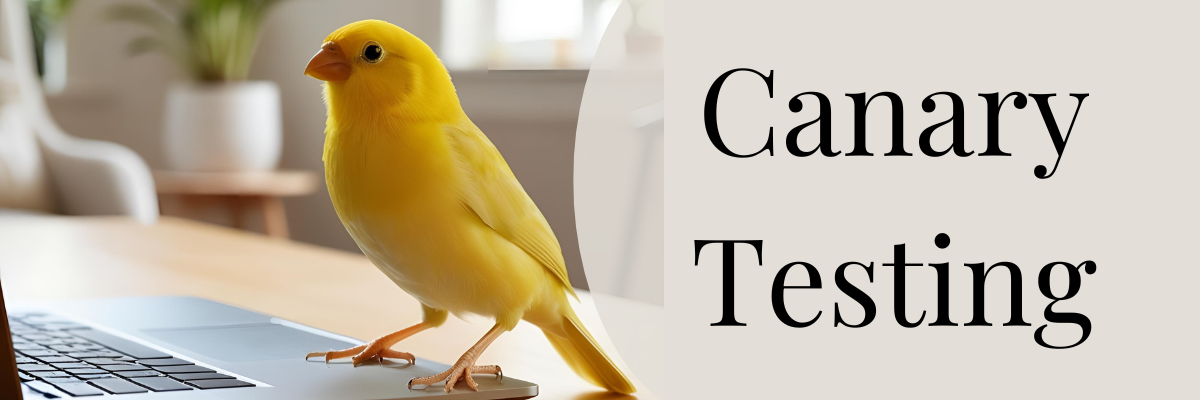Exploring Team Dynamics and Agreements in Project Management
I have the Tracy Chapman song “Fast Car” playing on a loop in my head as I write this. Specifically, the line: “Maybe we’ll make a deal.” It’s a simple lyric, but it’s so evocative of compromise, hope, and the delicate balance of working together to move forward. As I reflected on project teams and the agreements we often negotiate to get things done, this line became my muse. It perfectly captures the spirit of collaboration and the “ways of working” we establish to align individuals with varying preferences and work styles—without veering off course from the project’s ultimate goals.
Meeting People Where They Are
In project management, no two teams are the same. Everyone brings their unique personalities, communication styles, and work preferences to the table. While diversity can be a strength, it also requires intentional effort to harmonize these differences. Effective collaboration begins with meeting people where they are, understanding their needs, and creating agreements that enable smooth workflows while respecting the project’s non-negotiable principles.
Take, for example, a remote team that decides to prioritize face-to-face interaction by agreeing to keep cameras on during virtual meetings. Not everyone may love this idea—some may feel uncomfortable being on camera, while others might struggle with bandwidth issues or distractions in their home environment. Yet, if the majority agrees that cameras help foster trust and engagement, the team needs to rally behind this standard. The success of the project hinges on adhering to these shared norms, even if they’re not ideal for every individual.
This is the heart of making a deal: finding common ground that respects the group’s goals and ensures everyone can contribute effectively, even if it means stepping slightly out of individual comfort zones.
Balancing Flexibility and Structure
Another common challenge arises in defining the balance between flexibility and structure. For example, let’s say your team includes members who thrive on detailed agendas and pre-planned workflows, while others prefer more fluid, organic processes. Rather than forcing one approach, a compromise might involve setting a basic agenda for meetings with clear objectives but leaving space for open discussion and brainstorming.
By creating agreements like this, the team can address different working styles without compromising the project’s core needs. The structured individuals get the clarity they need, while the more freeform thinkers have room for creativity and adaptability.
The key is to articulate these agreements early and ensure they’re grounded in the shared commitment to the project’s success.
When the Deal Requires Tough Choices
Sometimes, making a deal within a team involves addressing situations where agreements aren’t universally comfortable. It’s not about forcing compliance but reinforcing the importance of the agreed-upon norms for the benefit of the entire team and the project.
For example, imagine a team has agreed that all members will contribute updates during a daily stand-up meeting to improve visibility and accountability. One team member, however, consistently skips their turn, citing discomfort with public speaking or feeling their updates are unimportant. While their concerns are valid, allowing this exception undermines the very purpose of the agreement and could erode team cohesion.
In such cases, the team (and the project manager) needs to have a transparent and empathetic conversation. This might involve understanding the root cause of the discomfort and exploring solutions, such as providing support or practicing updates in smaller settings. However, the ultimate expectation remains that everyone participates. Upholding agreements isn’t about perfection but about consistent effort to meet shared standards.
Tough choices like these test the team’s commitment to its agreements. By navigating them thoughtfully and reinforcing the “why” behind the norms, teams can maintain alignment and ensure their collective success.
Reinforcing the Deal
Once agreements are made, consistency is crucial. Teams must hold each other accountable to the agreed-upon “ways of working.” If someone repeatedly turns off their camera during meetings despite the team’s agreement, it’s essential to address the issue respectfully but firmly.
One way to do this is through regular retrospectives, where the team reflects on what’s working and what’s not. These sessions provide a safe space to revisit agreements and make adjustments if needed.
For instance, if a team finds that daily stand-ups are dragging on too long, they might agree to limit updates to two minutes per person. This adjustment maintains the intent of the stand-up (quick, focused communication) while addressing a pain point.
The Power of Collaborative Agreements
Ultimately, the “deal” isn’t about compromise for its own sake—it’s about creating an environment where the team can thrive together. Collaborative agreements provide the framework for this. They set clear expectations, reduce friction, and build trust, enabling the team to focus on delivering results.
So the next time you find yourself humming along to “Maybe we’ll make a deal,” remember that in the context of project management, it’s not just a hopeful lyric—it’s a guiding principle for creating effective, harmonious teams.
And if your team is struggling to agree on the best ways to work together, just think of it this way: you’re all in the same “fast car,” racing toward a shared destination. The sooner you make a deal on how to navigate the road, the smoother the ride will be.
Read more from our blogs:
Empathetic Leadership: The Hidden Superpower of Today’s Best Project Managers
Across industries and team dynamics, one leadership trait is quietly transforming teams, elevating p…
Leadership Lessons from Unexpected Places: What Project Managers Can Learn from Pilots, Chefs, and Athletes
Sure, project management loves its frameworks and certifications—but let’s be honest, no one ever go…
Oops! How to Recover From That Accidental Screen Share Slip-Up in a Work Meeting (Without Moving to a Remote Island)
We’ve all been there. One second you’re presenting quarterly numbers, and the next, your…
Writing a Project Status Report That Actually Gets Read (With Examples)
Let’s be honest: most project status reports collect dust in inboxes. They’re either too long,…
The MoSCoW Method: A Complete Guide to Prioritization in Project Management
Introduction Effective prioritization is key to delivering value on time and within budget. One of t…
Canary Testing: The Smart Way to Deploy Software with Minimal Risk
For many organizations, rolling out updates and new features comes with inherent risks. Even with ri…






